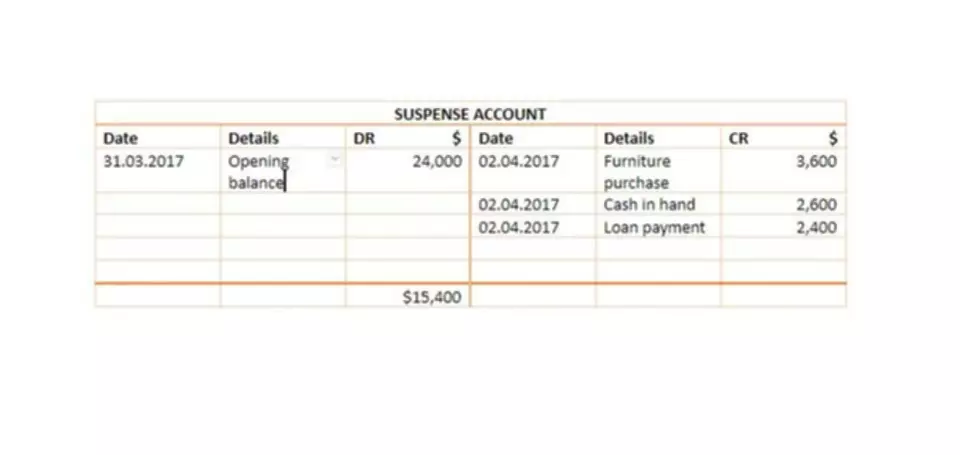Flexible budget definition
Content

Julia Kagan is a financial/consumer journalist and former senior editor, personal finance, of Investopedia. Let’s suppose the production machinery had to operate for 4,500 hours during February. Let’s imagine that a manufacturer has determined what its electricity and supplies costs are for the factory. Our mission is to empower readers with the most factual and reliable financial information possible to help them make informed decisions for their individual needs. Our goal is to deliver the most understandable and comprehensive explanations of financial topics using simple writing complemented by helpful graphics and animation videos. Though the flex budget is a good tool, it can be difficult to formulate and administer.

A flexible budget provides budgeted data for different levels of activity. Another way of thinking of a flexible budget is a number of static budgets. For example, a restaurant may serve 100, 150, or 300 customers an evening. If a budget is prepared assuming 100 customers will be served, how will the managers be evaluated if 300 customers are served?
Would you prefer to work with a financial professional remotely or in-person?
You can access automated customer, account, and department mapping to ensure your variance reports can get to the most granular level with just a few clicks. According to this data, the monthly flexible budget would be $35,000 + $8 per MH. A static budget stays at a single amount regardless of how much activity there is. Additionally, at 50% capacity, working the product costs $180 per unit and it is sold at $200 per unit.
Over time, though, your actual production, sales, and revenue will change. These changes can be due to variations such as changing inventory costs, supply chain concerns, and market conditions. You would then take your static, or master, budget and adjust the numbers based on your actual revenue. It has been “flexed,” or adjusted, based on your real production levels. Another benefit of using a flexible budget is that it can help you communicate your budget with your stakeholders, such as staff, managers, board members, funders, and regulators. By showing how your budget changes with the volume and activity level of your organization, you can explain your assumptions, expectations, and performance more clearly and transparently.
Step Cost Development is Time-Consuming
The management can determine the performance of various departments based on variances determined. A static budget is one that is prepared based on https://www.bookstime.com/ a single level of output for a given period. The master budget, and all the budgets included in the master budget, are examples of static budgets.

Subsequently, the budget varies, depending on activity levels that the company experiences. To keep the example simple, we assume that the first four costs are strictly variable and we will calculate a budget per unit for these costs. On the other hand, the last two costs, depreciation and supervision, are fixed costs and are assumed to be constant over the entire relevant range of activity meaning they do not change based on volume. The table below shows the calculations for units produced at 70% capacity and calculates the variable cost per unit for all variable costs. ABC Company has a budget of $10 million in revenues and a $4 million cost of goods sold. Of the $4 million in budgeted cost of goods sold, $1 million is fixed, and $3 million varies directly with revenue.
What Are the Pros and Cons of Flexible Budgets?
Let’s say a restaurant has a fixed budget of $10,000 for food expenses for the month, which is based on an expected number of customers served. However, the restaurant experiences a significant increase in customer traffic during a particular week, resulting in higher food costs. Although the budget report shows variances, it does not explain the reasons for the variance. The budget report is used by management to identify the sales or expenses whose amounts are not what were expected so management can find out why the variances occurred. By understanding the variances, management can decide whether any action is needed.
What is Flex vs static budget?
Static vs Flexible Budgets
Static Budget – the budget is prepared for only one level of production volume. Also called a Master budget. Flexible Budget – a summarized budget that can easily be computed for several different production volume levels.
You need to estimate the budget drivers for each department or unit, based on historical data, trends, forecasts, and goals. You also need to determine the fixed and variable components of each cost and revenue item, and how they change with the budget drivers. Unlike flexible budget example a static budget, a flexible budget changes or fluctuates with changes in sales, production volumes, or business activity. A flexible budget might be used, for example, if additional raw materials are needed as production volumes increase due to seasonality in sales.
Favorable variances are usually positive amounts, and unfavorable variances are usually negative amounts. Some textbooks show budget reports with “F” for favorable and “U” for unfavorable after the variances to further highlight the type of variance being reported. An alternative is to run a high-level flex budget as a pilot test to see how useful the concept is, and then expand the model as necessary.
- Flexible budgeting is an adaptable budgeting method that adjusts to changes in costs and revenue.
- No matter which type of budget model you choose, tracking your finances is what matters most.
- It allows companies to prepare budgets under different scenarios to be adjusted for future projections.
- While creating and maintaining real-time adjustments can be somewhat time-consuming, there’s tangible value in terms of more efficient budget allocations and more agile decision-making.
- The static budget serves as a mechanism to prevent overspending and match expenses–or outgoing payments–with incoming revenue from sales.
- The benefit of a flexible budget is that it provides a more accurate picture of a business’s performance by adjusting for changes in activity levels.
To ease the process, McFall shared several startup budgeting lessons he’s learned over the course of his 25-year career. Let’s face it – business moves fast, and we have to be flexible for what is thrown at us. Experts are adding insights into this AI-powered collaborative article, and you could too.
Definition and Examples of a Flexible Budget
After a disastrous start to the 2020 season, the MLB was forced to regroup. Now, the league is looking to tweak its plan(opens in new tab) to adopt best practices from other sports, address shortcomings and better fit the changing circumstances. Flexible budgets can be very useful, but they do have some downsides.
What is a flexible budget?
Flexible budgets are essentially budgets that can be adjusted depending upon revenue and cost changes throughout the fiscal year, accounting for expected unpredictability. Companies first account for the fixed costs they expect, or at least costs that they don't expect to change as the year progresses.
What adjustments does a company have to make in order to compare the actual numbers to budgeted numbers when evaluating results? If production is higher than planned and has been increased to meet the increased sales, expenses will be over budget. To account for actual sales and expenses differing from budgeted sales and expenses, companies will often create flexible budgets to allow budgets to fluctuate with future demand. A flexible budget adjusts for changes in activity levels for all costs, including both fixed and variable costs. This type of flexible budget takes into account how changes in activity levels affect all costs and provides the most accurate picture of expected costs at different levels of activity. Flexible budgets are one way companies deal with different levels of activity.
Create a Free Account and Ask Any Financial Question
To compute variances that can help you understand why actual results differed from your expectations, creating a flexible budget is helpful. A flexible budget adjusts the master budget for your actual sales or production volume. Flexible budgets have a reputation for being more time-consuming than other budgeting models.
After each month (or accounting period) closes, a flexible budget assumes you’ll compare projected revenue to actual results and adjust the next month’s expenses accordingly. Flexible budgeting is an adaptable budgeting method that adjusts to changes in costs and revenue. A flexible budget adjusts based on changes in actual revenue or other activities. The result is a budget that is fairly closely aligned with actual results.
Better yet, when you have real-time budget visibility, you can forecast or update your budget (as needed) and see those updates reflected on other key metrics that matter to your business. Flexible budgeting puts more pressure on you to have rock-solid financial assumptions as you tie various line items together in the model. And the reality is that the effort you put into tying certain line items together may not be worth the time. Not every line item or set of line items has a strong enough correlation to others for flexible budgeting to work. Choosing the wrong pieces of the budget to tie together can lead to significant inaccuracies in forecasts. By understanding the advantages and disadvantages of a flexible budget, businesses can make an informed decision about which budgeting approach is best for their needs.
- For sake of illustration, let’s use a very simple, three-month budget for a coffee shop as an example.
- Actual overhead of $355,000 was $7,500 less than the $362,500 flexible budget.
- A flexible operating budget is a special kind of budget that provides detailed information about budgeted expenses (and revenues) at various levels of output.
- For example, let’s say a company had a static budget for sales commissions whereby the company’s management allocated $50,000 to pay the sales staff a commission.
- For example, under a static budget, a company would set an anticipated expense, say $30,000 for a marketing campaign, for the duration of the period.
- Given that the variance is unfavorable, management knows the trucks were sold at a price below the $15 budgeted selling price.


0 Comentários